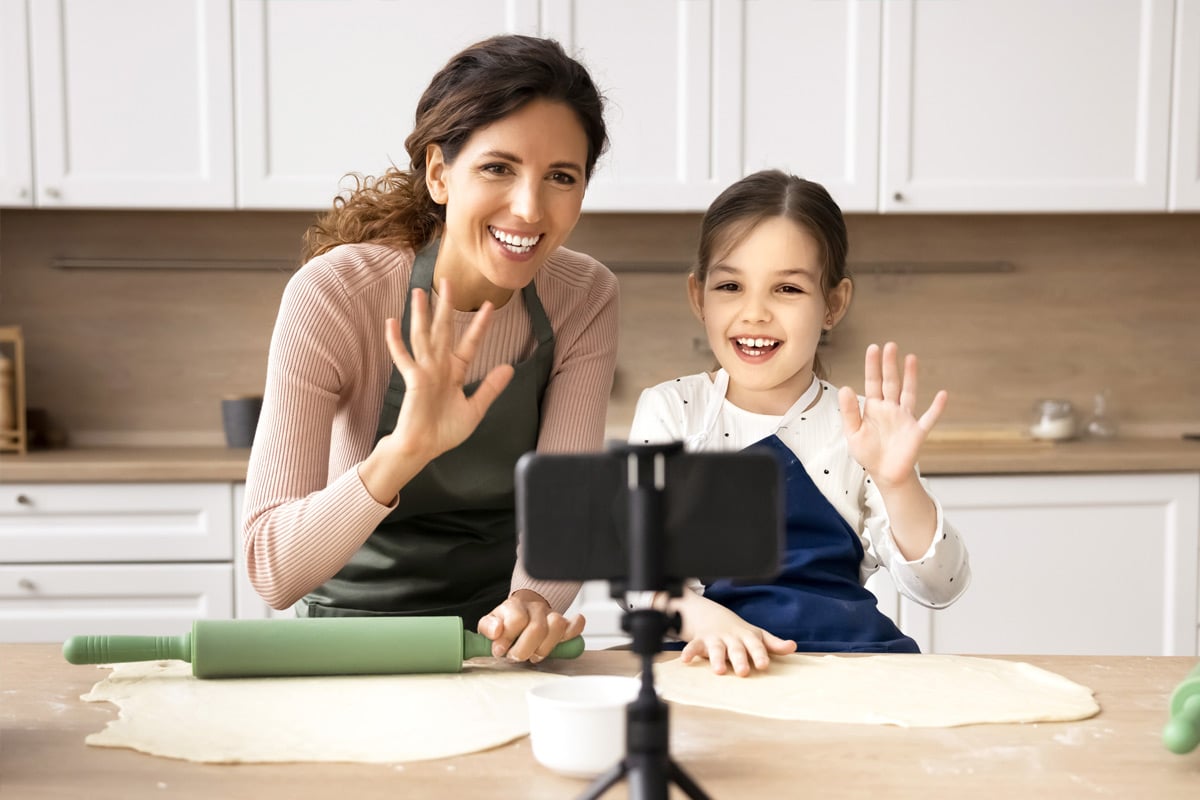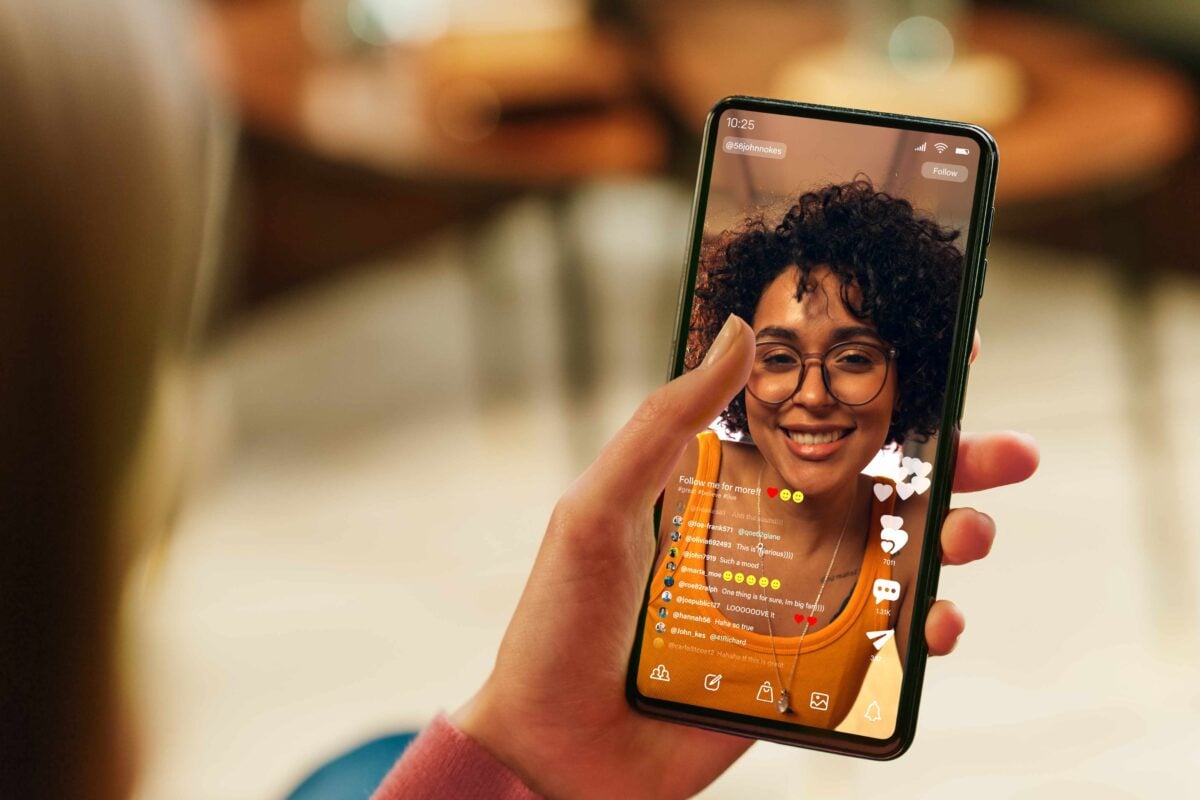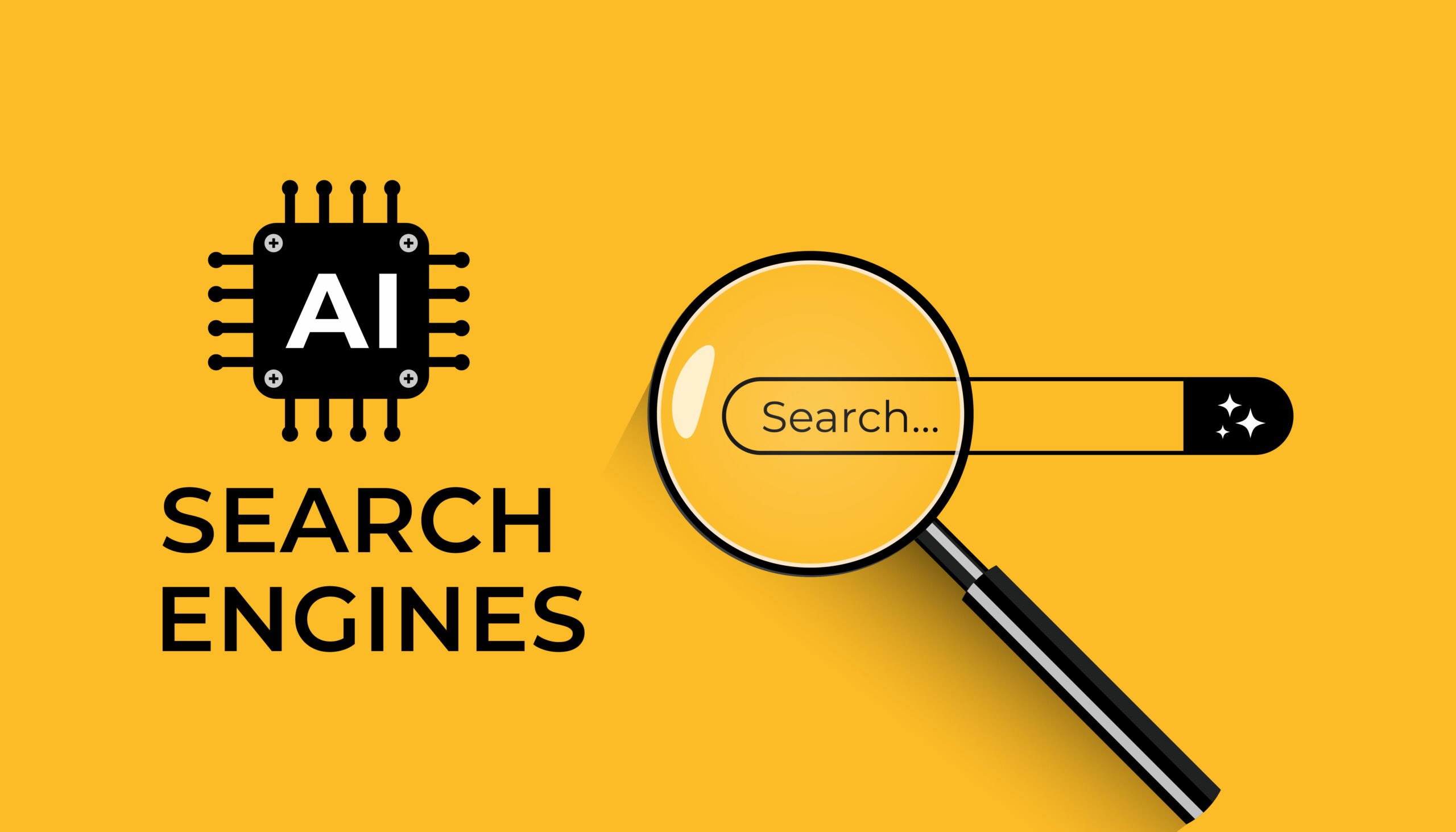Social content is shaping search. AI is reshaping discoverability. Audiences are searching differently. And influencer marketing has emerged as the connective tissue between relevance, reach and ROI—now is your chance to show up smarter.
Today, influencer content doesn’t just drive engagement it fuels discovery, powers search results, builds brand reputation and impacts decision-making far beyond the social feed. With 41% of Gen Z now turning to social platforms as their primary source for information and 76% of consumers reporting social content has influenced their purchasing decisions in the last six months—there’s no question, influencer marketing is the digital word-of-mouth.1
Measuring by likes and comments is just the baseline. You can and should expect more for campaigns—like capturing the full-scale impact influencer marketing has on your brand’s reach, visibility and performance.
Influencers aren’t going away anytime soon—they’re just getting started.
Audiences are bombarded with content daily, but it’s not flashy ads or polished corporate posts that cut through the noise. It’s trusted, authentic voices from influencers on platforms like Instagram, TikTok and YouTube Shorts.
And now, the content produced by these creators is not only reaching audiences on social platforms but also being indexed by search engines and featured in AI-generated answers.
That means influencer marketing isn’t just a social performance play anymore, it’s a search strategy too.
How Influencer-Generated Content is Fueling AI Search
Below is three ways AI is transforming how consumers find, engage with and trust influencer-generated content.
1. Google Now Indexes Instagram Business and Influencer Posts
Thanks to recent partnerships, Google can now surface Instagram content, including Reels and Carousels, from public business and creator accounts directly in search results. This means an influencer’s post about your product can show up when a user Googles “best toddler soccer programs” or “where to buy chocolate caramel candy.” That’s a direct SEO lift for branded content.
2. AI Highlights Short-Form Video
Google’s “Short Videos” tab now pulls in content from TikTok, Reels and YouTube Shorts. Since 78% of consumers prefer short-form video when researching products or services, this visibility shift gives influencer content a second life in search, even if users never open social apps.2
3. AI-Generated Search Snapshots Are Changing Click Behavior
With Google’s Search Generative Experience (SGE), users often see AI-summarized answers before traditional results. If your influencer content is credible, it may be cited or paraphrased in that summary. The catch? Users may never click through. That makes authenticity, SEO-optimized captions and keyword-rich messaging an essential component of influencer campaigns.
How to Build AI-Friendly Influencer Campaigns
Too often, influencer content lives in silos: engaging on social, but invisible in search. If this content isn’t searchable, it may not be working as hard as it can.
To make influencer content work harder across the funnel, it must be optimized not just for people, but for the algorithms curating their search results. Here’s how you can fuel discoverability in your campaigns:
- Targeted Keywords: Using targeted keyword and messaging strategies are essential. This ensures your brand has cross-channel visibility and appears in different content formats in search results.
- Volume: AI search thrives on content density. Partnering with a number of influencers improves your chances of surfacing across search moments.
- Credibility: Partnering with influencers who are seen as trusted sources. Google’s AI rewards authoritative voices, particularly in industries like health, education, and parent and family marketing.
- Authenticity: Polished brand promos fall flat in AI-powered search. Natural language, personal anecdotes and user-centric content resonate better with both audiences and algorithms.
- Audience Resonance: Search algorithms favor relevance. Choose influencers whose content aligns with what your target audience is actively searching for, not just who has the biggest following.
How to Choose the Right Influencers
Influencer selection is critical and can determine the success—and searchability—of your campaign. You should carefully consider:
1. Alignment with Search Behavior
Partner with influencers whose existing content already mirrors your audience’s search behavior.
2. Tone and Content Format Fit
Match influencers to your brand tone and visual language. Review past posts to assess consistency, messaging quality and content style.
3. Influencer Tier
Every influencer brings a unique set of skills and strengths to each campaign, and a well-rounded mix of influencer tiers can amplify your discoverability.
Here’s how different tiers can uniquely contribute to AI-driven visibility:
- Nano (1k – 10k followers): These influencers often use niche, location-specific keywords that can align with hyperlocal search queries.
- Micro (10k – 50k followers): Their high engagement and natural storytelling tend to produce authentic, keyword-rich content favored by AI algorithms.
- Mid-Tier (50k – 500k followers): Balanced reach and relevance often land their content in both social and search-driven discovery paths.
- Macro (500k+ followers): Their scale can trigger high-volume brand mentions, increasing changes of being cited in AI-generated search.
How to Measure Influencer Success Beyond Vanity Metrics
AI is enabling influencer marketing to become more strategic, measurable and integrated across the full marketing funnel, making it a powerful lever for driving results. Marketers must think beyond impressions to measure ROI:
- Search visibility and lift: Are your influencers’ posts ranking in search? Did your keywords increase in volume during the campaign?
- Referral traffic and UTM performance: Are they driving traffic from social channels to your landing pages? How is native content performing versus content that links off-platform?
- Conversion behavior: How do audiences from influencer content behave compared to other top-of-funnel sources?
- AI inclusion: Is your influencer content being quoted or summarized in SGE or Gemini answers?
Final Takeaway: Influence Is a New Part of Search Strategy
Influencer marketing works to build brand awareness, audience engagement and campaign conversion—and now it’s a discoverability engine too. In a world where consumers search with TikTok and Google indexes Instagram Reels, your social content must be built with social platforms, search engines and user behavior in mind.
Sources:
- https://investors.sproutsocial.com/news/news-details/2025/New-Research-from-Sprout-Social-Finds-Social-Media-is-the-Top-Place-Gen-Z-Turns-to-for-Search-Surpassing-Traditional-Search-Engines/default.aspx
- https://wyzowl.com/video-marketing-statistics/
- https://later.com/resources/report/influencer-marketing-benchmarks/?utm_source=referral&utm_medium=pr&utm_campaign=influencer_marketing_report_june2025
- https://knowledge.wharton.upenn.edu/article/why-google-dominates-the-search-engine-market/





